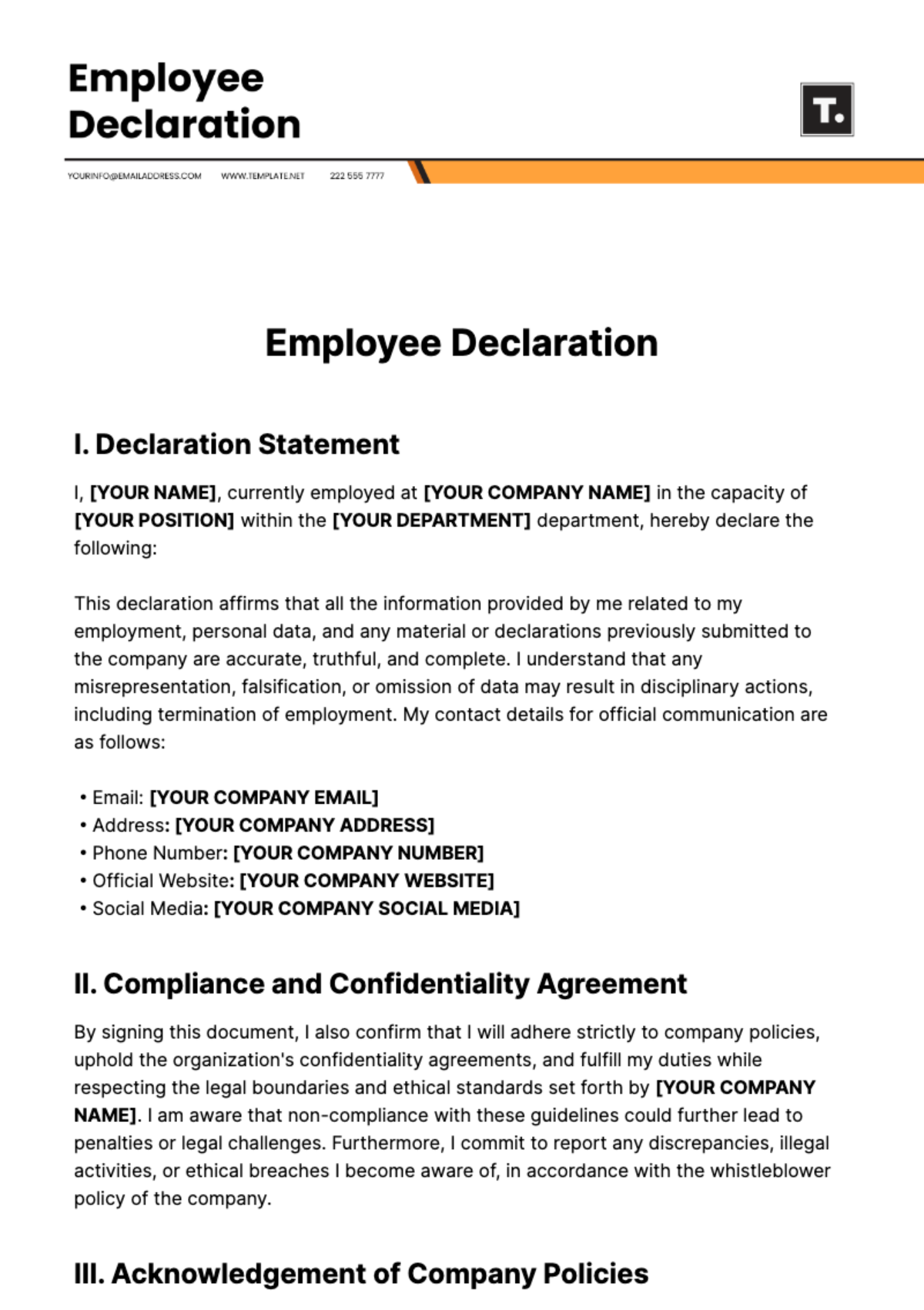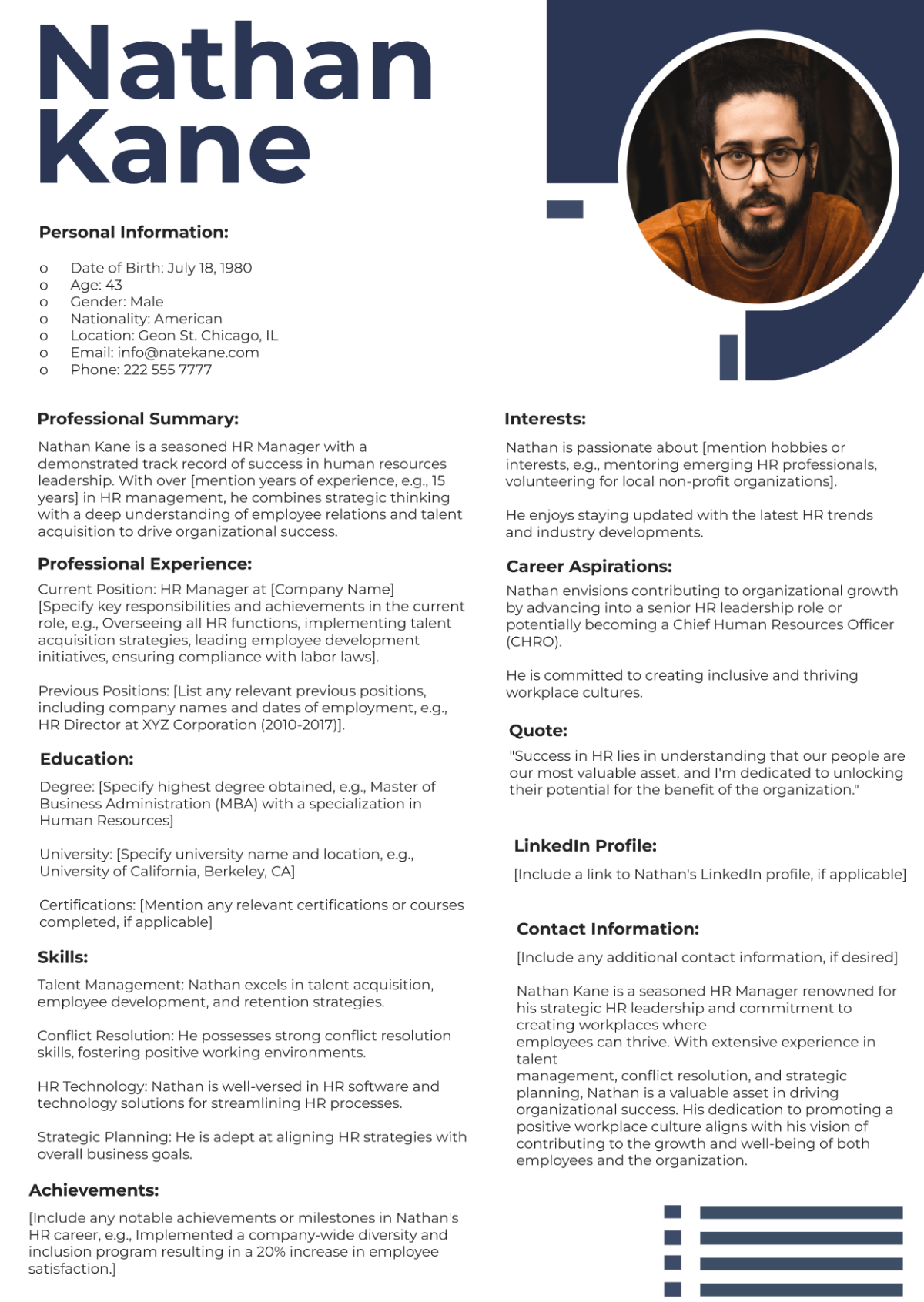Free Agriculture Employee SOP
Streamline your agricultural operations with Template.net's Agriculture Employee SOP (Standard Operating Procedure) Template. This template, customizable and editable with our AI editor tool, provides a clear, step-by-step guide for daily activities, ensuring consistency and compliance across all farm operations. Perfect for managers aiming to standardize procedures and enhance productivity within their teams.






























